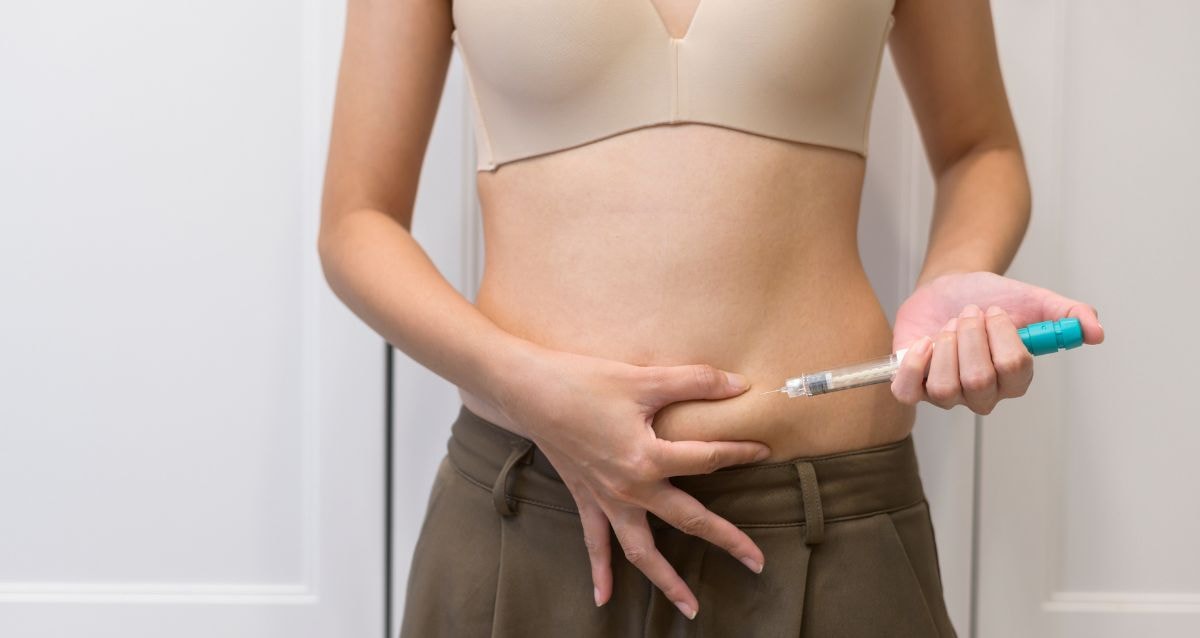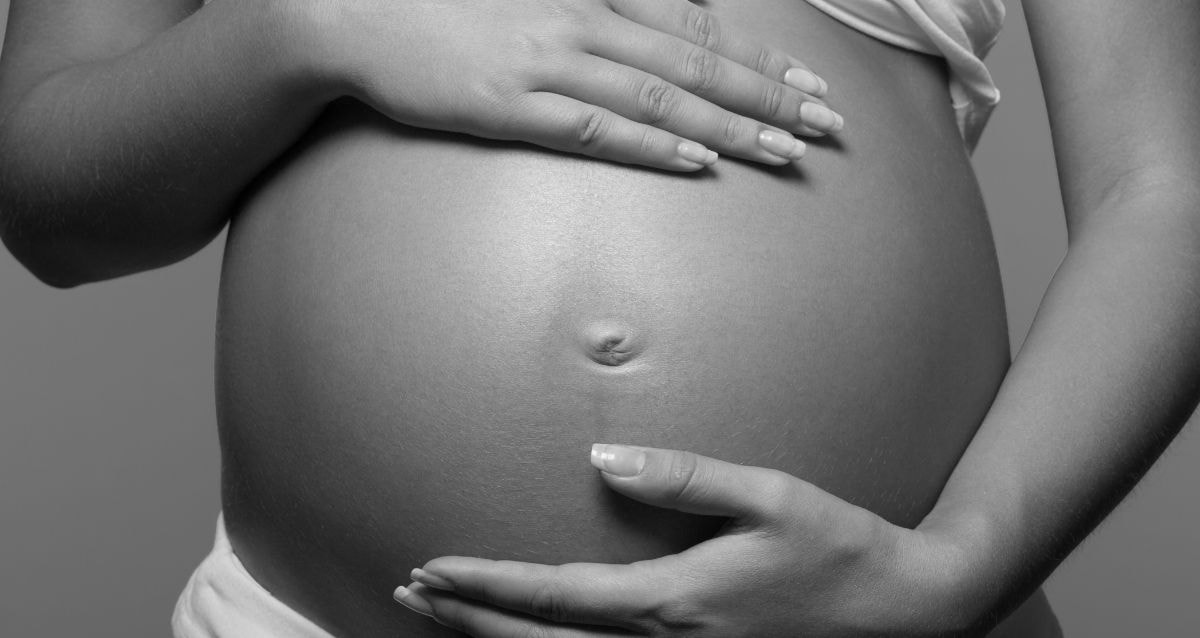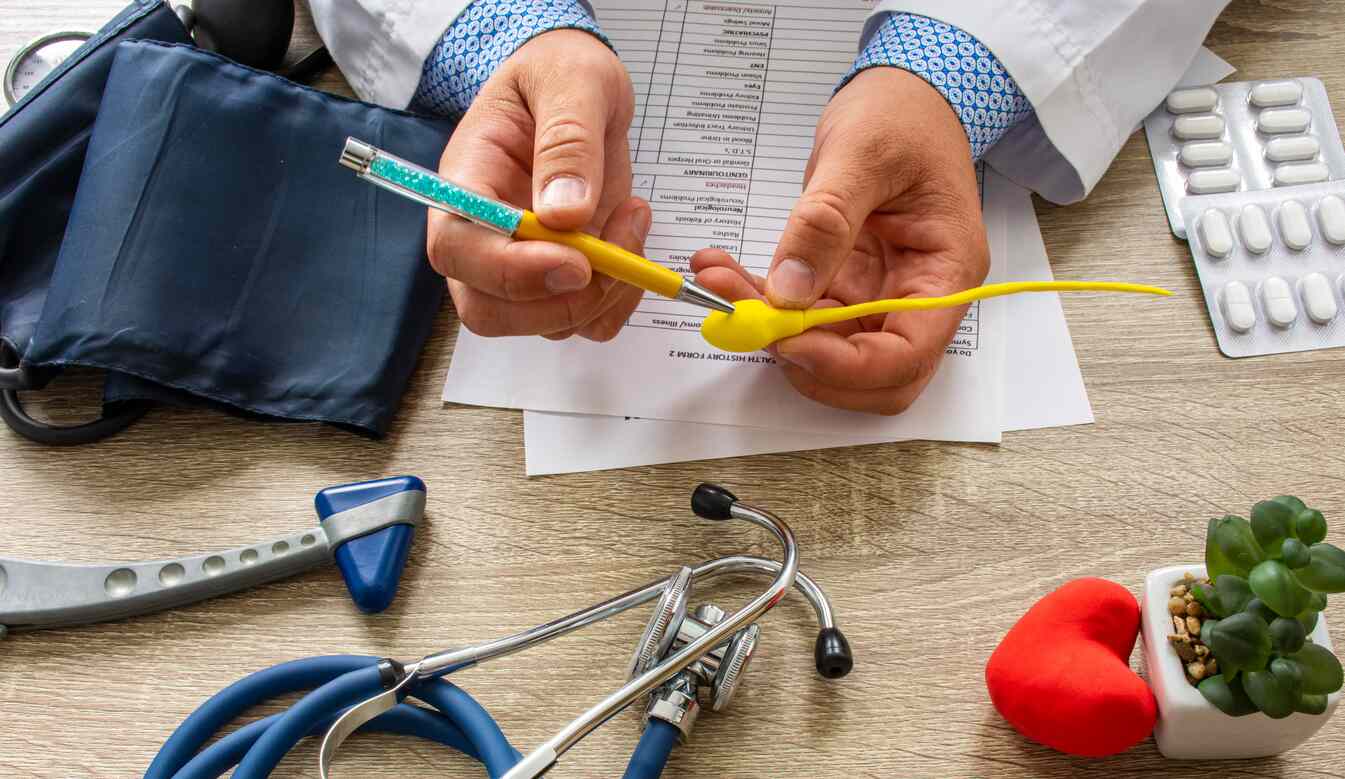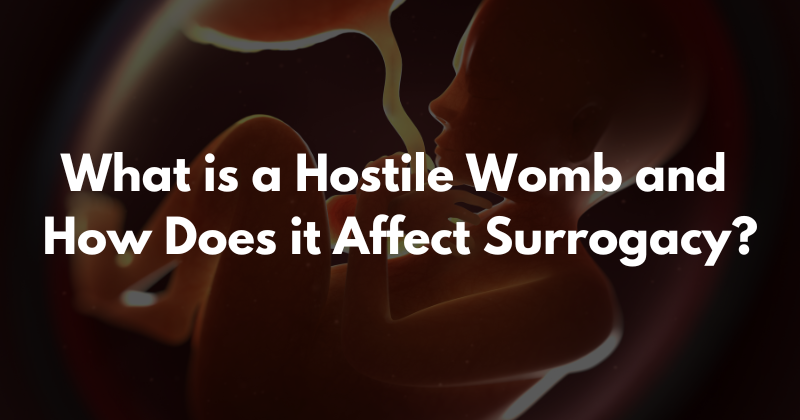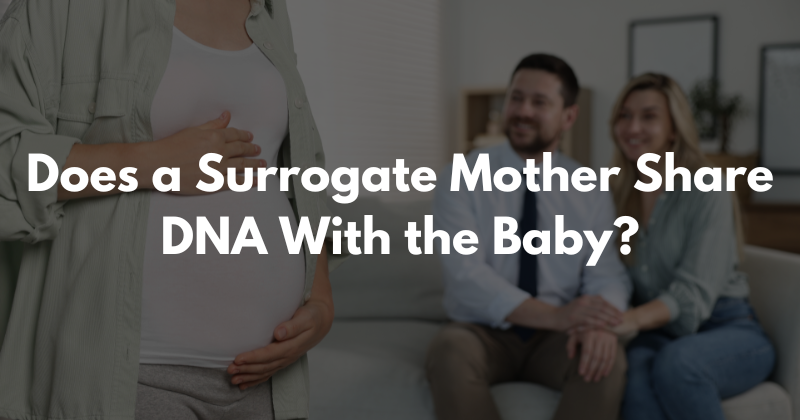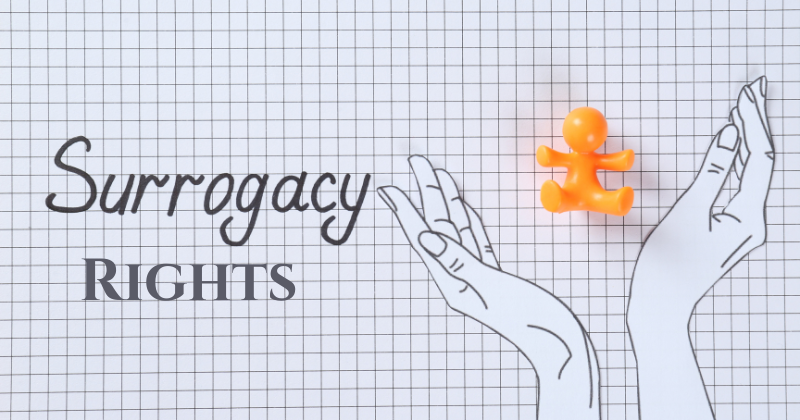Explore the journey of using a donor egg with expert guidance from a leading egg donor agency. Achieve parenthood confidently.
Information provided by Resolve
Prior to the development of In Vitro Fertilization (IVF), no options were available for women with premature ovarian failure or diminished ovarian reserve or genetically transmittable diseases. This article will provide an overview of egg donation, with an emphasis on its indications; screening and evaluation; procedures; statistics; and risks.
Who Are Appropriate Candidates For Donor Eggs?
The primary indication for egg donation was originally for women with premature ovarian failure (POF), defined as menopause occurring before the age of 40 years. POF affects approximately 1% of the female population; in effect, this condition indicates depletion of a woman’s own eggs and cessation of ovarian function. The causes of POF are varied, and a thorough medical evaluation to seek an underlying or associated process is important prior to treatment.
In recent years, the predominant indication for egg donation at most IVF centers has been for women with diminished ovarian reserve but with intact ovarian function. It has long been known that women over 40 years old have reduced fertility in general, and a poorer chance for success after IVF. This gradual, age-related decline in fertility is a direct result of aging of the eggs. The fertility evaluation may also uncover evidence of diminished ovarian reserve even in women younger than 40 years, as reflected by elevated FSH (follicle-stimulating hormone) and/or estradiol levels early in the menstrual cycle, determined by a blood sample taken on cycle day 2 or 3.
Other potential candidates for egg donation include: women who have previously failed multiple IVF attempts, particularly when poor egg quality is suspected, and women carrying transmittable genetic abnormalities which could affect their offspring (this latter indication has declined with the development and use of pre-implantation genetic diagnosis, or PGD).
Testing Of The Recipient
Women considering using egg donation should undergo a medical evaluation including a complete history and physical examination, to assure that their health would not be significantly jeopardized by pregnancy. It is also important to seek and correct any abnormalities, which could otherwise compromise the success of IVF with donor eggs (i.e., factors which could affect fertilization, implantation or pregnancy). Such testing should generally include, but is not necessarily limited to, cervical cultures for bacteria (e.g. chlamydia) a hysterosalpingogram, saline sonogram or hysteroscopy to assess the normality of the uterine cavity and a semen analysis to rule out a coexisting male factor.
If the recipient has an RH-negative blood type, some precautions are indicated if either the donor is RH positive or the recipient’s male partner is RH-positive. A uterine sounding (trial transfer) may be performed to determine the uterine depth and how easily an embryo transfer catheter can be passed through the cervix.
At some IVF centers, the donor egg recipient will undergo a preparatory cycle of programmed hormone replacement (as outlined below) prior to the actual treatment cycle. Such a “prep cycle” or “mock cycle” is undertaken in an effort to ensure that the prescribed hormonal regimen will achieve the desired blood levels and uterine/endometrial effects. This is determined by ultrasound measurement of the endometrial stripe thickness and/or an office endometrial biopsy during the “mock cycle.” Pre-treatment counseling prior to egg donation should include not only a detailed discussion of the procedural aspects, risks and expected likelihood of success associated with the treatment, but should also include an exploration of the psychological and social aspects of “third party” reproduction.
Testing Of The Donor
A thorough evaluation or screening of each potential egg donor is of critical importance, whether the donor is known to the recipient (e.g., a sister) or is anonymous. This screening should serve to protect all parties involved (the donor, the recipient and the resulting offspring). Briefly, the donor should generally be younger than 35 years old, with laboratory evidence of normal ovarian reserve and no indication of impaired fertility. She must undergo testing for communicable infectious diseases (e.g., hepatitis, HIV, syphilis) and genetic screening both via a detailed family history and specific blood tests which are determined by her ethnic/racial background (e.g., for cystic fibrosis, Tay Sachs disease, sickle cell disease, thalassemia). A formal psychological evaluation is also performed.
Some centers will “split” an anonymous egg donor’s eggs which two recipients can use. This may shorten the waiting time and cost for the recipients but reduces the likelihood of freezing excess embryos.
Protocols For Preparation Of The Recipient
Effective synchronization of the development of the recipient’s uterine lining (endometrium) with the growth of the donor’s follicles and eggs and the resulting embryos is key to the success of egg donation. Recipients with ovarian failure (i.g., premature menopause) will require uterine preparation with estrogen and progesterone as they lack ovarian function. Receivers with intact ovarian function (the majority of patients at most IVF centers) require treatment with estrogen and progesterone to align their cycle with those of the egg donors. Recipients with ovarian function are often pre-suppressed with a medication such as Lupron®, prior to the initiation of estrogen.
Acceptors usually take estrogen (most commonly estradiol either by mouth, injection or by a transdermal skin patch) for two weeks, typically on a dosage designed to mimic the natural cycle. It is unusual for a recipient to ovulate before an embryo transfer because most recipients are on GnRH-a (Lupron®). However, if the recipient ovulates before embryo transfer, the embryos will be frozen for use in a future cycle. All recipients take progesterone daily, generally starting the day before or the day of the donor’s egg retrieval.
The embryo transfer is usually two to five days later. Progesterone may be administered in various formulations, including intramuscular injection, vaginal suppositories and vaginal gel (Crinone )A(Assisted hatching may be done on the embryos at the time of embryo transfer if the embryos appear to have a thick outer wall or zona.) Following the transfer of one or more embryos, the recipient continues treatment with both estrogen and progesterone until her pregnancy test on cycle day 28. Donor egg pregnancies are supported with estrogen and progesterone until blood work shows that the placenta is self-sufficient (usually by the tenth week of pregnancy), at which time these medications are discontinued.
Risks To The Recipient
As the recipient does not undergo ovarian stimulation or egg retrieval, she is not exposed to the potential risks of these procedures (e.g., ovarian hyperstimulation syndrome). The principal risk for the recipient is multiple pregnancy, because egg donors are young (usually less than 35 years) and pregnancy rates are high because of this. The age of the recipient, even if over 40, does not affect pregnancy rates. It is important that the number of embryos transferred be limited, generally to no more than two or three embryos for a day 2-3 transfer or one or two embryos if transferred on day 5, at the blastocyst stage.
Other theoretical risks to the recipient include transmission of infectious diseases such as HIV; it is unknown whether eggs can transmit the AIDS virus, and, to date, no cases of HIV transmission through egg donation have been reported. Nevertheless, meticulous screening of potential egg donors is critical.
Wendy Arker entered the field of infertility with a huge heart and passion to guild others on their quest to grow their own family after her personal journey with infertility and turning to egg donation and sperm donation to create her own family. Being a single-mother-by-choice, Wendy understands firsthand the unique way families are built. Whether you’re a married couple, single, or LBGTQ, Creative Love is committed to assisting you.





